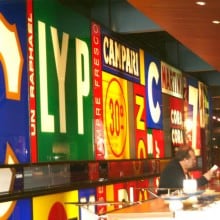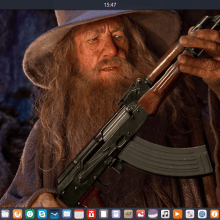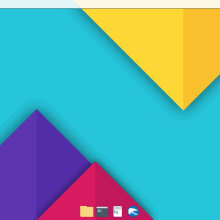It’s the Qt showdown
Qt desktops are many and varied. So one may ask, all right, if you have to choose one, which one? Well, the answer is both complicated and philosophical. First, because taste is subjective, and my immediate answer would be Plasma, hands down. The way it is realized in Kubuntu 17.04 is just awesome. The best…
Continue reading →








